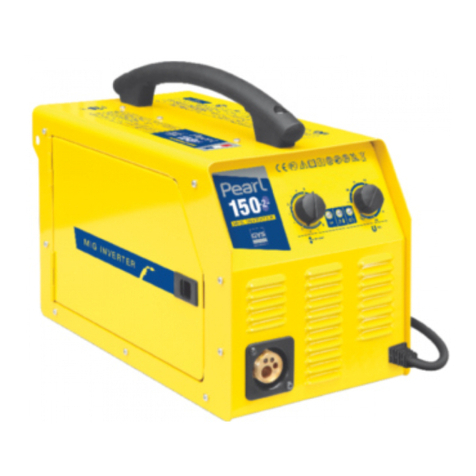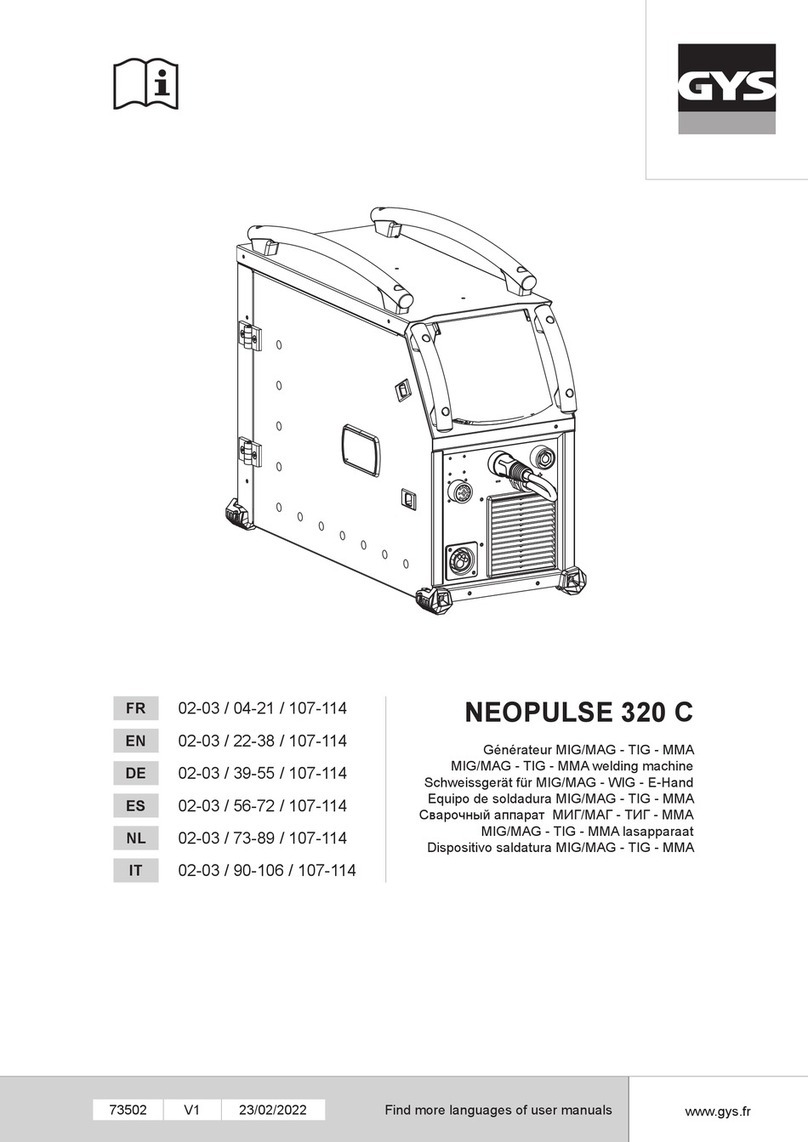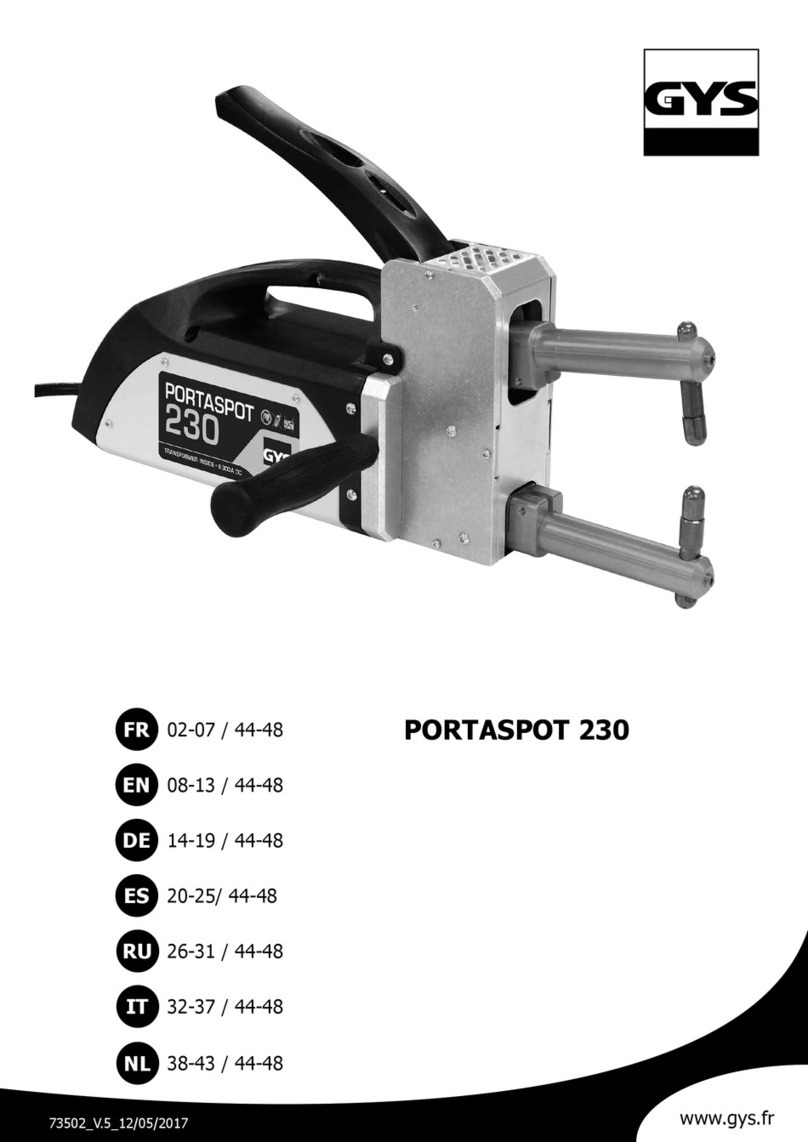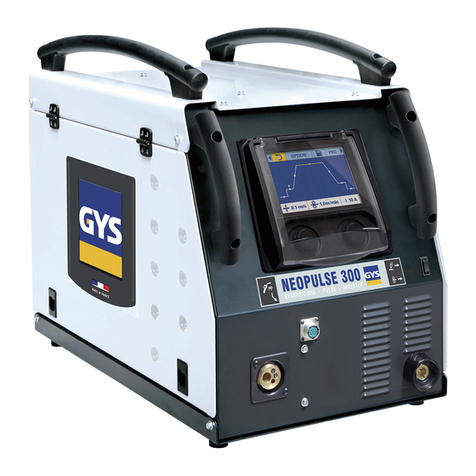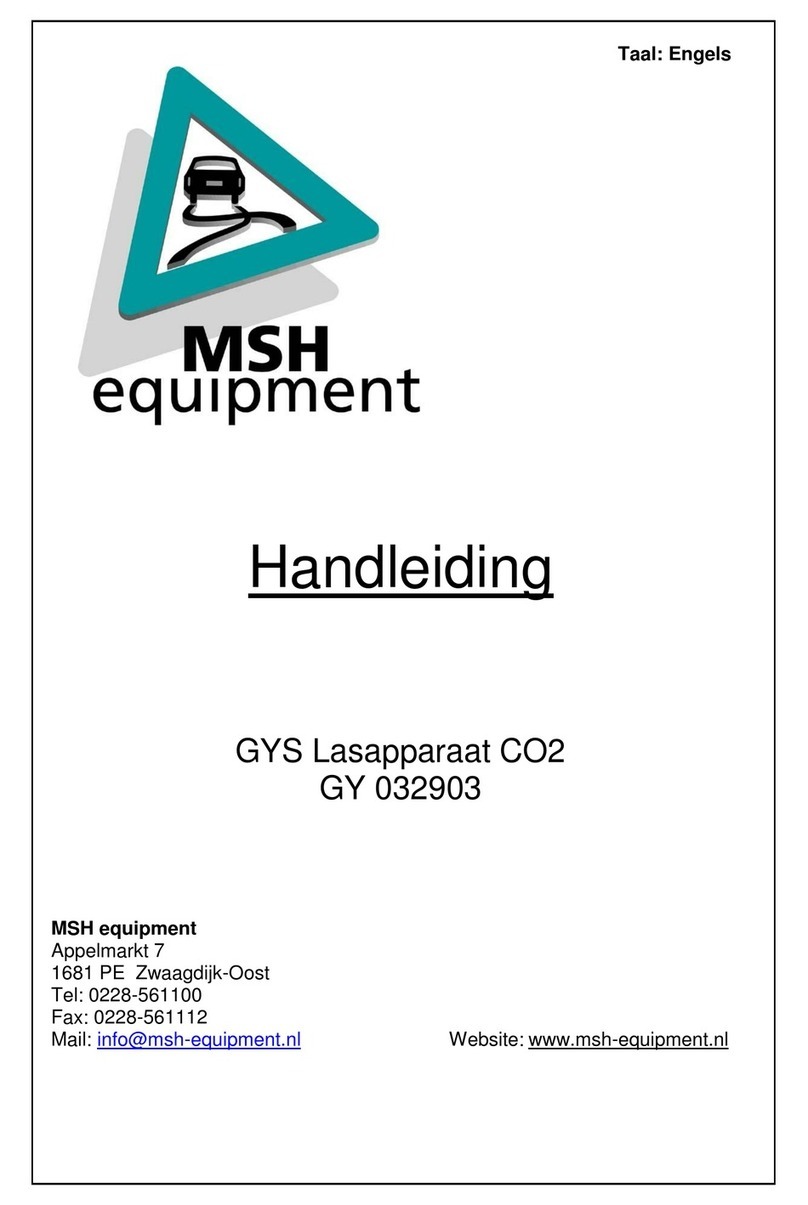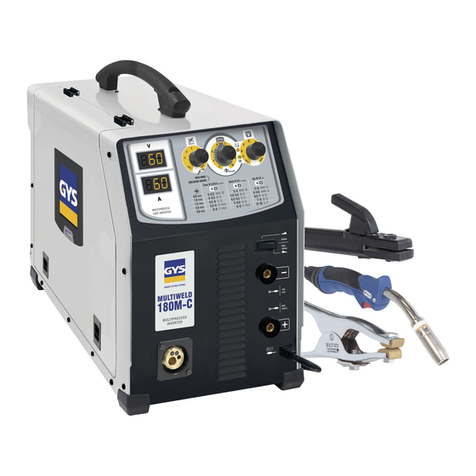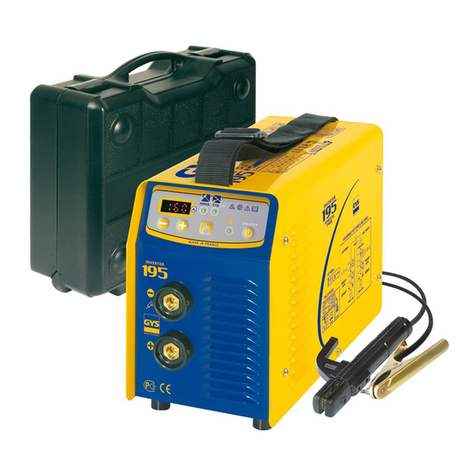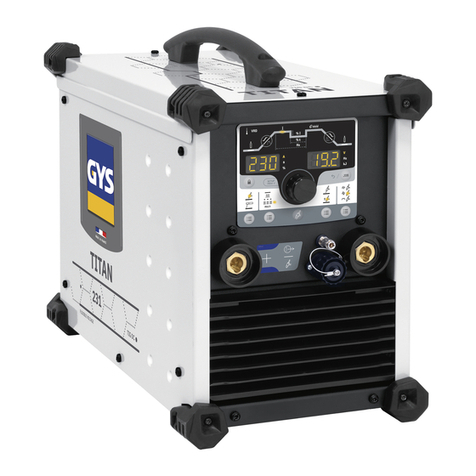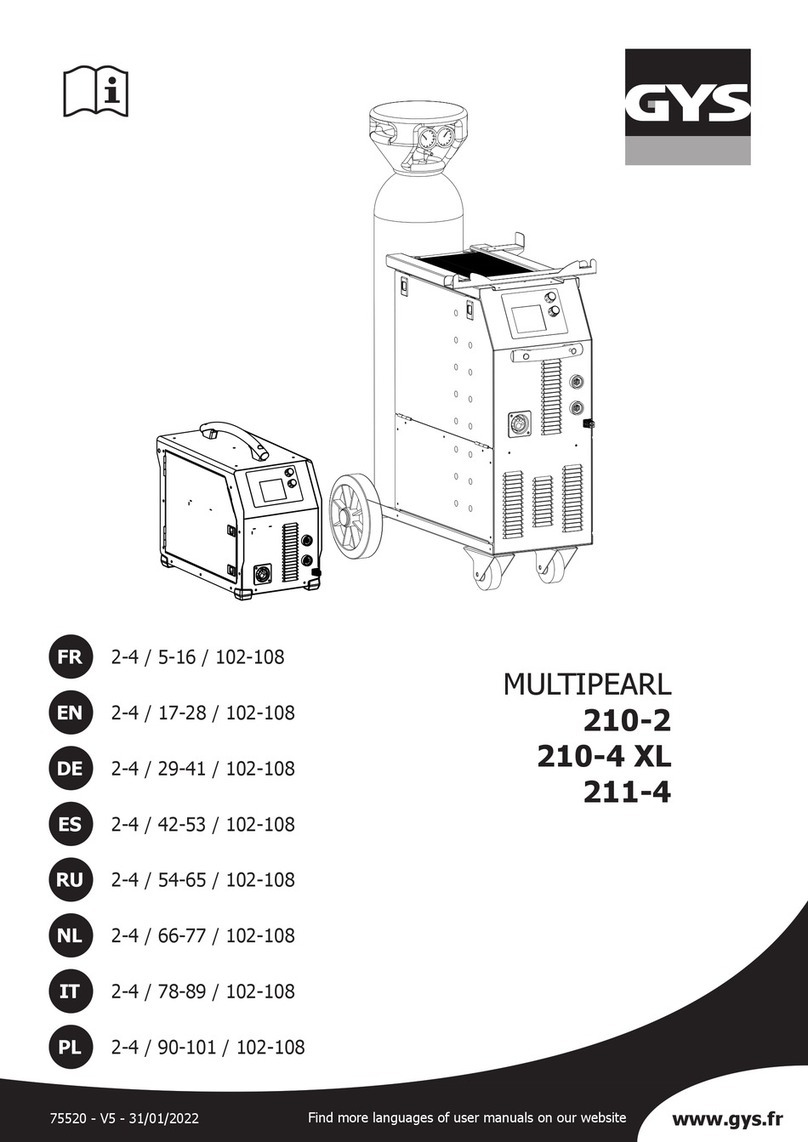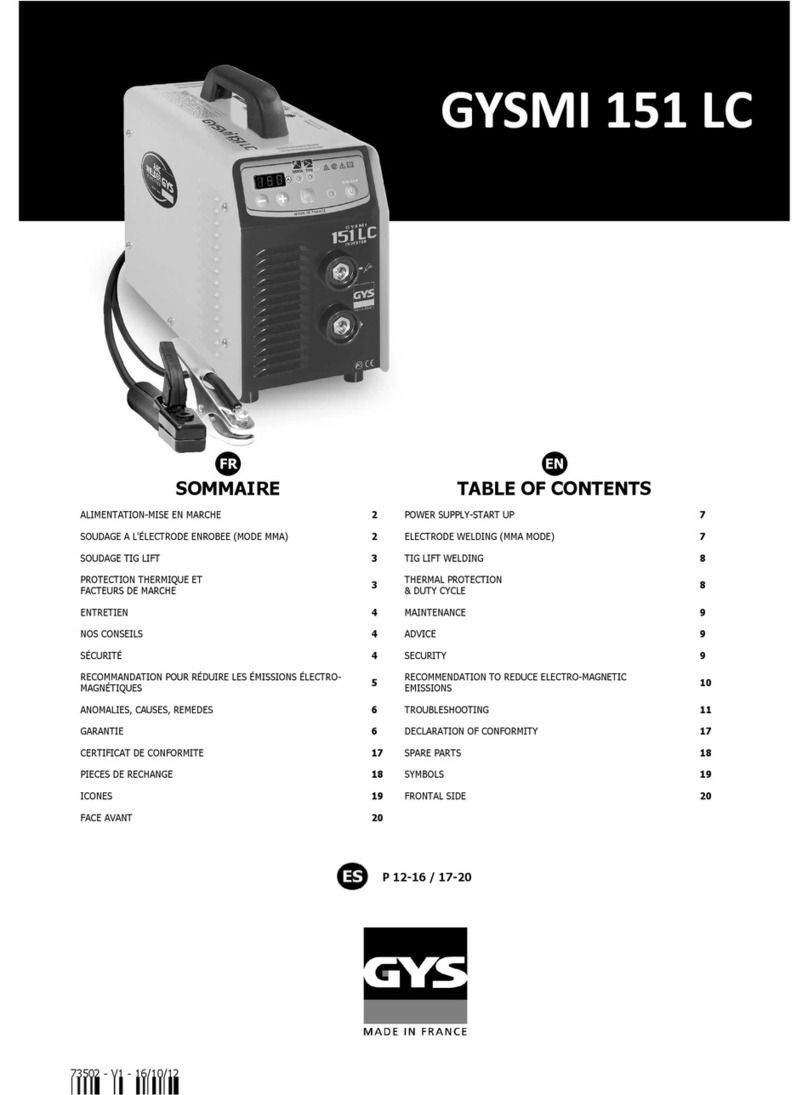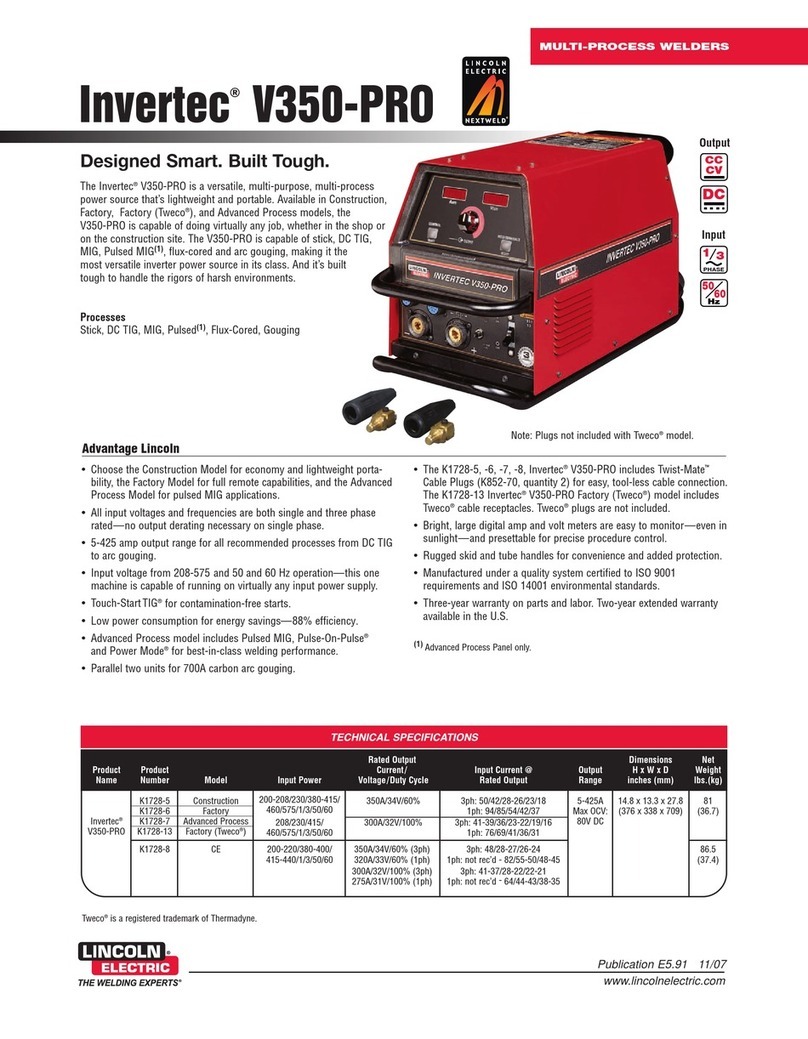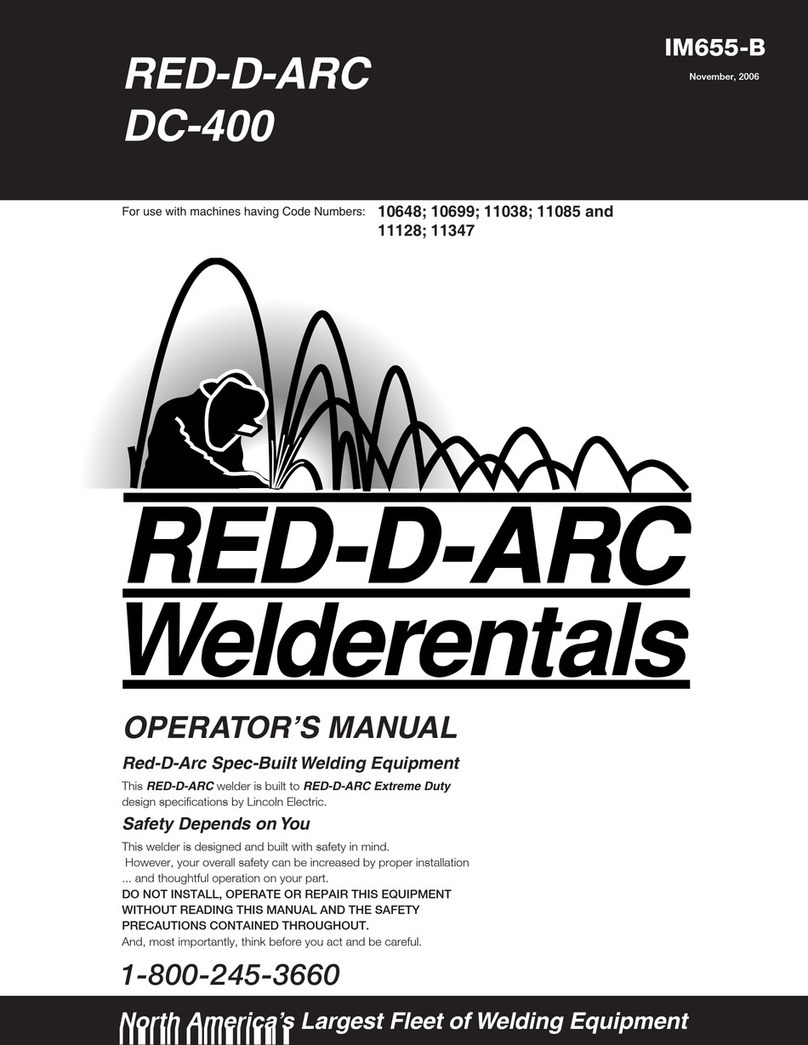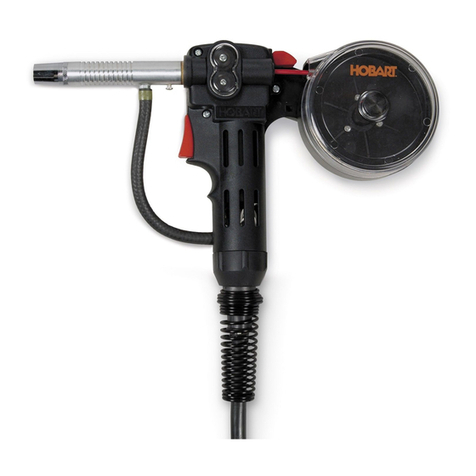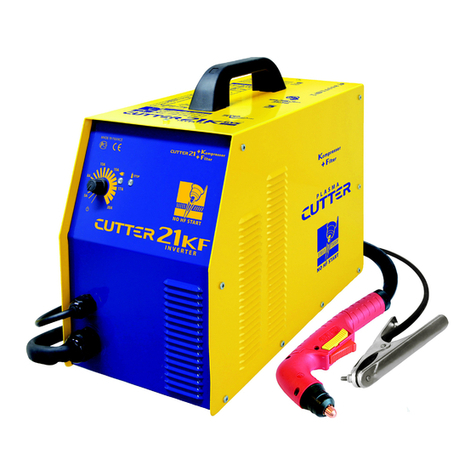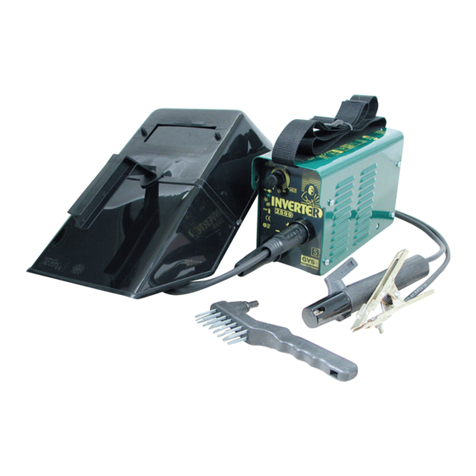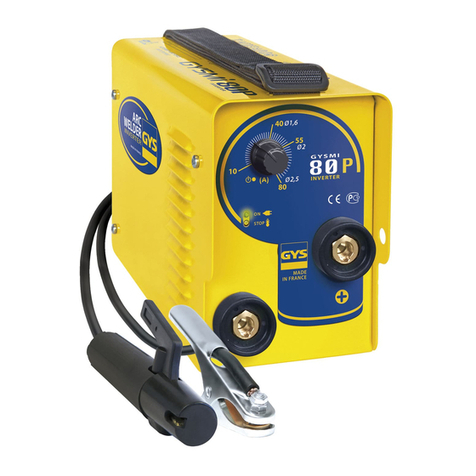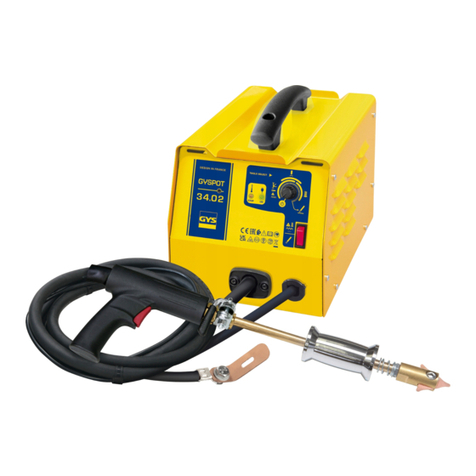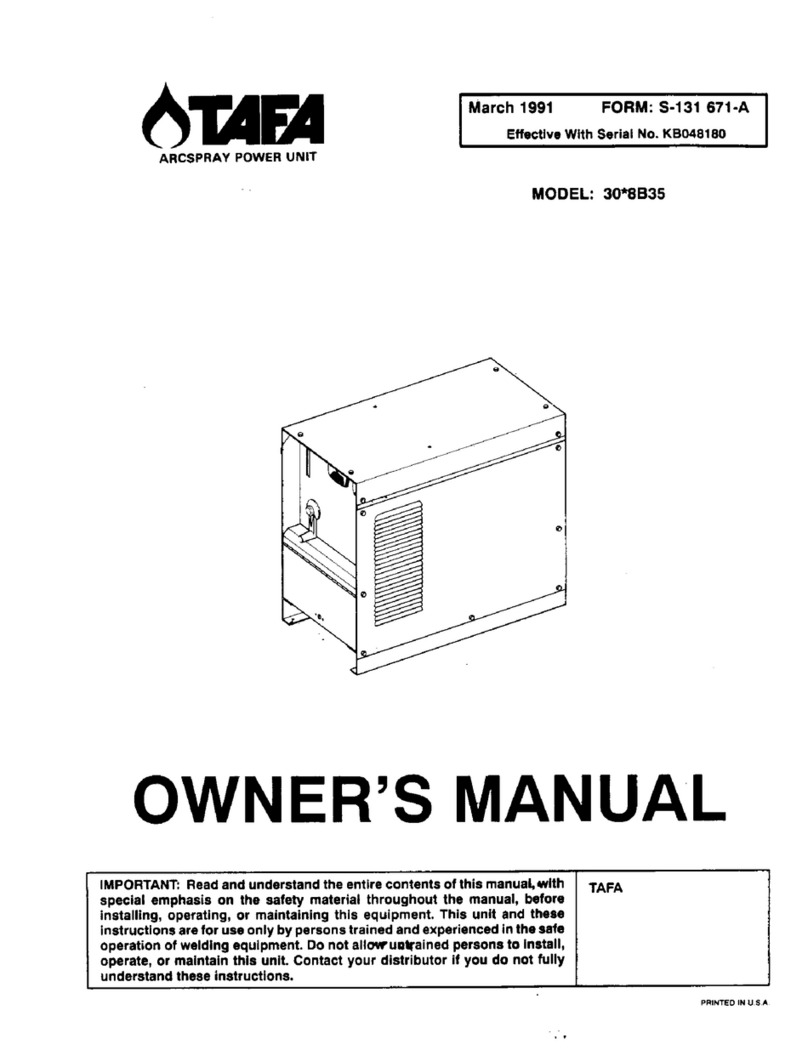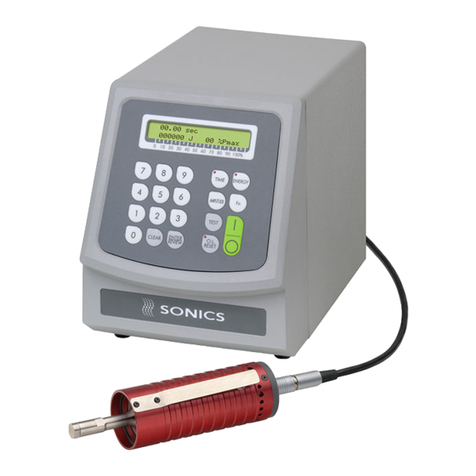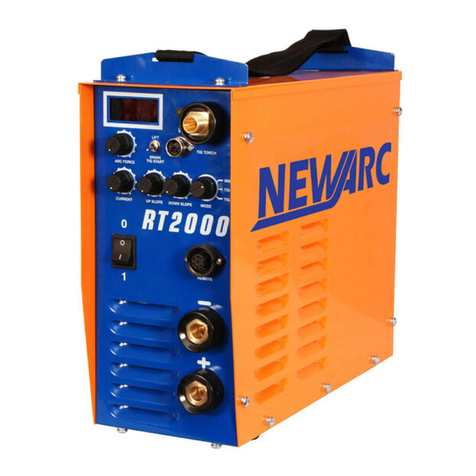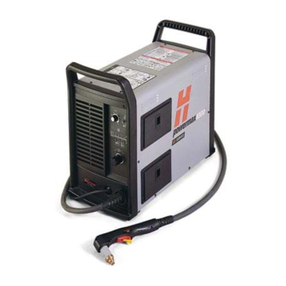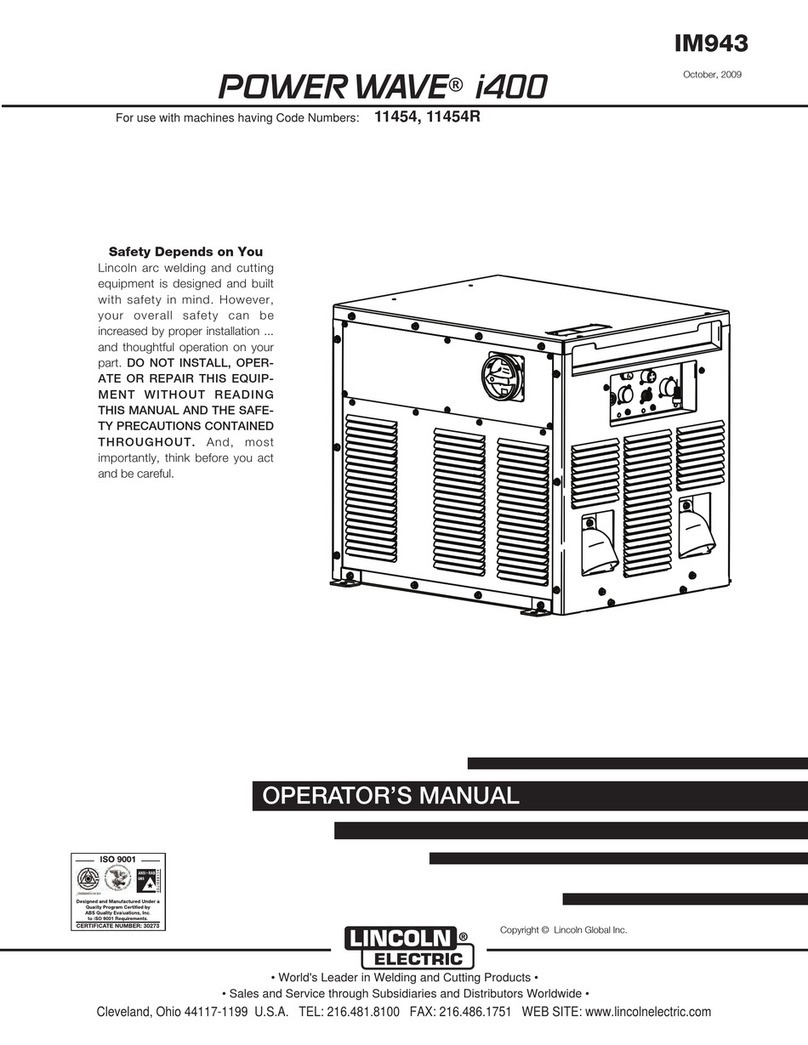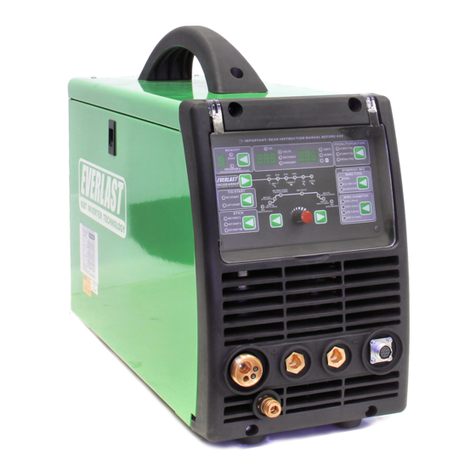
6/43
Note : les essais d’échauffement ont été effectués à température ambiante et le facteur de marche à 40 °C a été
déterminé par simulation.
ENTRETIEN
•L'entretien ne doit être effectué que par une personne qualifiée.
•Couper l'alimentation en débranchant la prise, et attendre l’arrêt du ventilateur avant de travailler sur
l'appareil. A l’intérieur, les tensions et intensités sont élevées et dangereuses.
•Deux à trois fois par an, enlever le capot et dépoussiérer à la soufflette. En profiter pour faire vérifier la tenue
des connexions électriques avec un outil isolé par un personnel qualifié.
•Contrôler régulièrement l'état du cordon d'alimentation. Si le câble d'alimentation est endommagé, il doit être
remplacé par le fabricant, son service après vente ou une personne de qualification similaire, afin d'éviter un
danger
NOS CONSEILS
•Respecter les polarités (+/-) et intensités de soudage indiquées sur les boîtes d'électrodes
•Enlever l’électrode du porte-électrode lorsque le poste n'est pas utilisé.
•Laisser les ouïes de l'appareil libres pour l’entrée et la sortie d’air.
SÉCURITÉ
Le soudage à l'arc peut être dangereux et causer des blessures graves voire mortelles. Protégez vous
et protégez les autres.
Respecter les instructions de sécurité suivantes
:
de l’arc Protégez-vous à l’aide d’un masque muni de filtres conformes EN 169 ou EN 379.
Pluie, vapeur
d’eau, humidité Utilisez votre poste dans une atmosphère propre (degré de pollution ≤ 3), à plat et à plus d’un
mètre de la pièce à souder. Ne pas utiliser sous la pluie ou la neige.
Choc électrique Veiller à bien respecter les règles d’alimentation des postes citées au préalable. Ne pas toucher les
pièces sous tension. Vérifier que le réseau d'alimentation est adapté au poste.
Chutes Ne pas faire transiter le poste au-dessus de personnes ou d’objets.
Brûlures Porter des vêtements de travail en tissu ignifugé (coton, bleu ou jeans).
Travailler avec des gants de protection et un tablier ignifugé.
Protéger les autres en installant des paravents ininflammables, ou les prévenir de ne pas regarder
l'arc et garder des distances suffisantes.
Supprimer tous les produits inflammables de l'espace de travail. Ne pas travailler en présence de gaz
inflammable.
Fumées Ne pas inhaler les gaz et fumées de soudage. Utiliser dans un environnement correctement ventilé,
avec extraction artificielle si soudage en intérieur.
Précautions
supplémentaires Toute opération de soudage :
- dans des lieux comportant des risques accrus de choc électrique,
- dans des lieux fermés,
- en présence de matériau inflammable ou comportant des risques d'explosion, doit toujours être
soumise à l'approbation préalable d'un "responsable expert", et effectuée en présence de personnes
formées pour intervenir en cas d'urgence.
Les moyens techniques de protections décrits dans la Spécification Technique CEI/IEC 62081 doivent
être appliqués.
Le soudage en position surélevée est interdit, sauf en cas d'utilisation de plates-formes de sécurité.
Les porteurs de stimulateurs cardiaques doivent consulter un médecin avant d'utiliser ces appareils.
Nous déconseillons toutefois leur utilisation à ces personnes.
Ne pas utiliser le poste pour dégeler des canalisations.
En soudage TIG, manipuler la bouteille de gaz avec précaution, des risques existent si la bouteille ou
la soupape de la bouteille sont endommagées.
